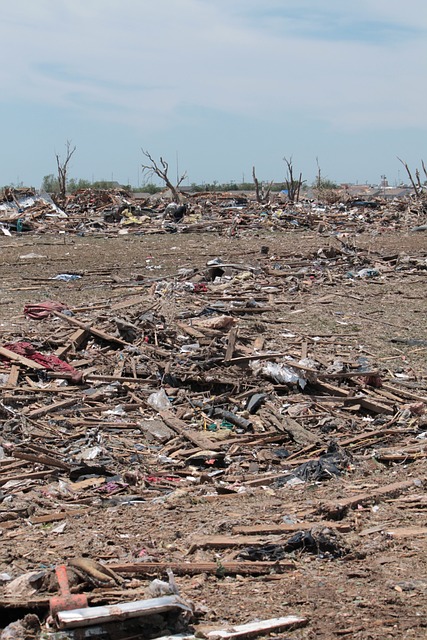Fire resistance is a critical aspect of construction that significantly impacts real estate value and safety, particularly in high-rise buildings or wildfire-prone areas. Understanding fire-resistant materials and their integration into building design is crucial for developers and homebuyers. Key materials include concrete, steel, fire-rated drywall, and insulation. Investing in these materials boosts property values, enhances tenant safety, and acts as a powerful selling point, especially given the increasing frequency of natural disasters. Fire-safe buildings offer tenants peace of mind and can lead to long-term cost savings through reduced damage and lower insurance premiums.
In today’s world, fire safety is paramount in real estate. Understanding fire resistance in construction is no longer a consideration but a necessity. This article delves into the significance of using fire-resistant materials, exploring why they matter and how they impact property values and tenant safety. From choosing the right materials to navigating the benefits of fire-safe buildings, we provide insights for both builders and investors in the real estate sector.
Understanding Fire Resistance in Construction: Why It Matters in Real Estate

Fire resistance in construction is a critical aspect that significantly influences real estate value and safety. Understanding fire-resistant materials and their integration into building design is essential for both developers and potential homebuyers. The ability to withstand or slow down the spread of fire can dramatically reduce damage, protect lives, and minimize business interruptions, making it a key consideration in the real estate market.
In terms of real estate, fire-resistant construction goes beyond regulatory compliance; it’s a selling point. Properties equipped with such materials are often more attractive to buyers due to their enhanced safety features. This becomes especially pertinent in high-rise buildings or areas prone to wildfires, where quick evacuation and minimal structural damage can make all the difference.
Choosing the Right Fire-Resistant Materials for Your Property

When it comes to safeguarding your property against the devastating effects of fire, selecting the appropriate fire-resistant construction materials is a strategic decision that can significantly enhance safety and resilience. In the real estate sector, awareness of flame-retardant options has become increasingly vital as building codes and regulations evolve to prioritize structural integrity and occupant well-being during emergencies.
Property owners and developers alike should consider the unique characteristics of different materials, such as their ability to withstand high temperatures, insulate against heat transfer, and minimize the spread of flames. From concrete and steel to specialized fire-rated drywall and insulation, each option offers distinct advantages tailored to specific construction needs. By thoughtfully incorporating these materials into design plans, real estate professionals can create environments that offer enhanced protection, ensuring peace of mind for residents and potential buyers alike.
The Impact of Fire-Safe Buildings on Real Estate Values and Tenant Safety

Investing in fire-resistant construction materials can significantly boost real estate values and enhance tenant safety, making it a wise choice for property developers and owners. In today’s market, buyers are increasingly conscious of safety features, particularly in light of natural disasters and their growing frequency. Buildings constructed with fire-safe materials offer tenants peace of mind, knowing they’re protected from the devastating effects of flames and smoke. This sense of security is a powerful selling point, attracting tenants and potentially increasing rental rates or property values.
Fire-resistant structures also contribute to long-term cost savings. While initial construction costs might be higher, these materials can minimize damage during fires, reducing repair and replacement expenses. Moreover, they may lower insurance premiums, which is beneficial for both landlords and tenants. Ultimately, prioritizing fire safety through suitable building materials demonstrates a commitment to the well-being of occupants, making properties more desirable in the competitive real estate market.






